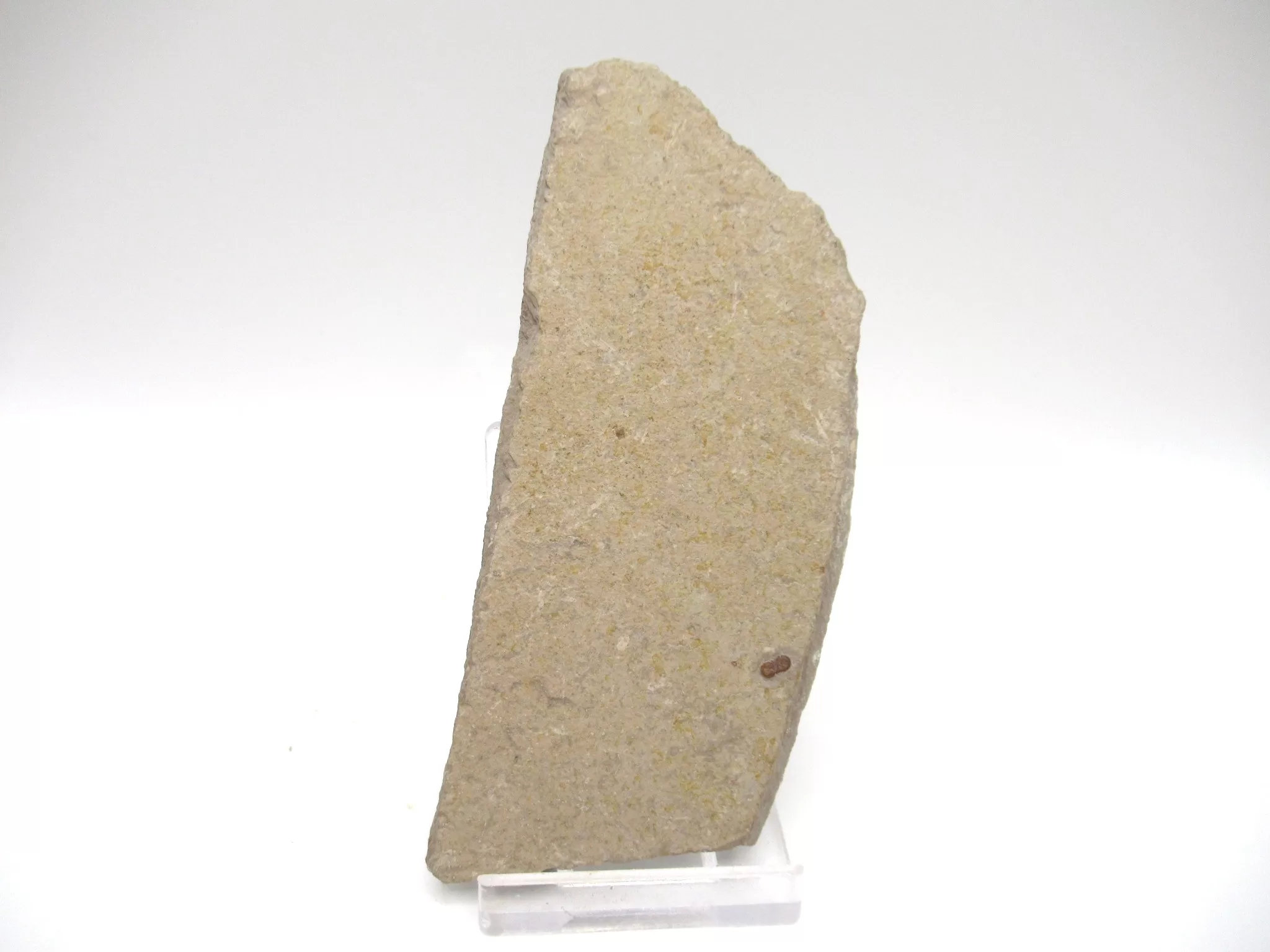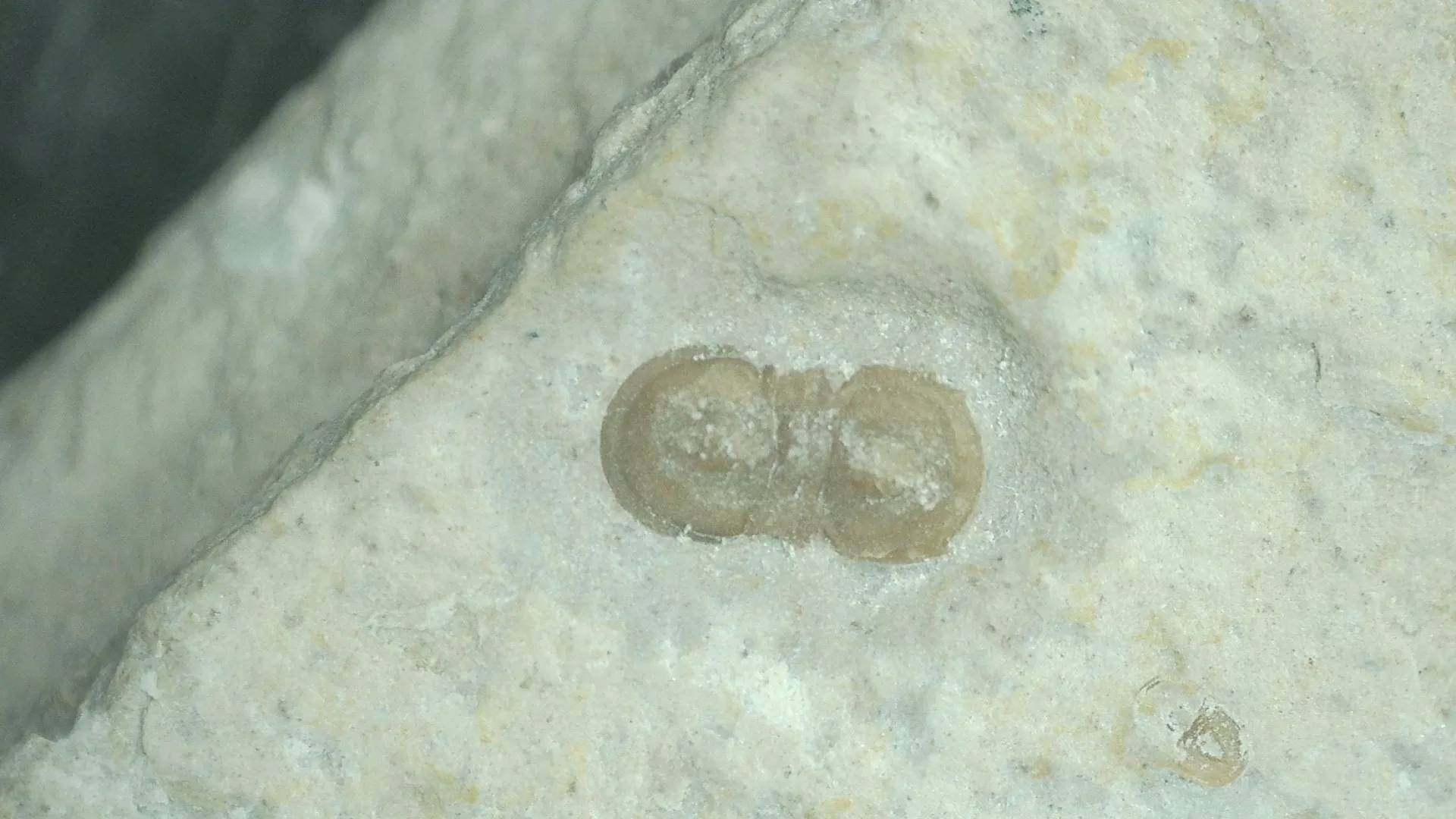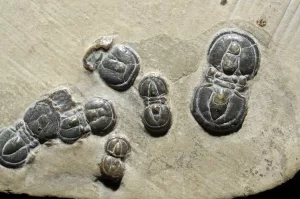Description
PERONOPSIS TRILOBITE FOR SALE
- Peronopsis Trilobite – (NEW NAME Itagnostus interstrictus)
- Cambrian Age
- Wheeler Shale
- Delta, Utah Area
- This plate of shale measures approx. 1.84″ x 4.08″ and contains x trilobite(s) that average .20″ long
- More Trilobites for Sale
WHAT IS A PERONOPSIDAE?
The Peronopsidae (which may also be called peronopsids) comprise the earliest family of the Agnostina suborder. Species of this family occurred on all paleocontinents. The earliest representatives of this family first occur just before the start of the Middle Cambrian, and the last disappeared just after the start of the Upper Cambrian.
WHAT IS AGNOSTINA?
The Agnostida are divided into two suborders — Agnostina and Eodiscina — which are then subdivided into a number of families. As a group, agnostids are isopygous, meaning their pygidium is similar in size and shape to their cephalon. Most agnostid species were eyeless. Scientists have long debated whether the agnostids lived a pelagic or a benthic lifestyle. Their lack of eyes, a morphology not well-suited for swimming, and their fossils found in association with other benthic trilobites suggest a benthic (bottom-dwelling) mode of life. They are likely to have lived on areas of the ocean floor which received little or no light and fed on detritus which descended from upper layers of the sea to the bottom.

Photo By Parent Géry (Itagnostus interstrictus, until recently known as Peronopsis interstricta, from the Wheeler Shale, Utah)
WHERE IS THE WHEELER SHALE LOCATED?
Western Utah is one of the best-known Cambrian fossil localities in the world. This Wheeler Shale and Marjum Formation, strata of Middle Cambrian age, exhibit various exposures throughout the House Range and nearby mountain ranges west of the town of Delta, Utah. The Wheeler Shale is named for a major feature in the House Range, the Wheeler Amphitheater. The Shale contains interbeds of shaley limestone, mudstone, and thin platy limestone. Much of the Wheeler Shale is not particularly fossiliferous, but certain layers contain abundant trilobites and other shelly fossils.







